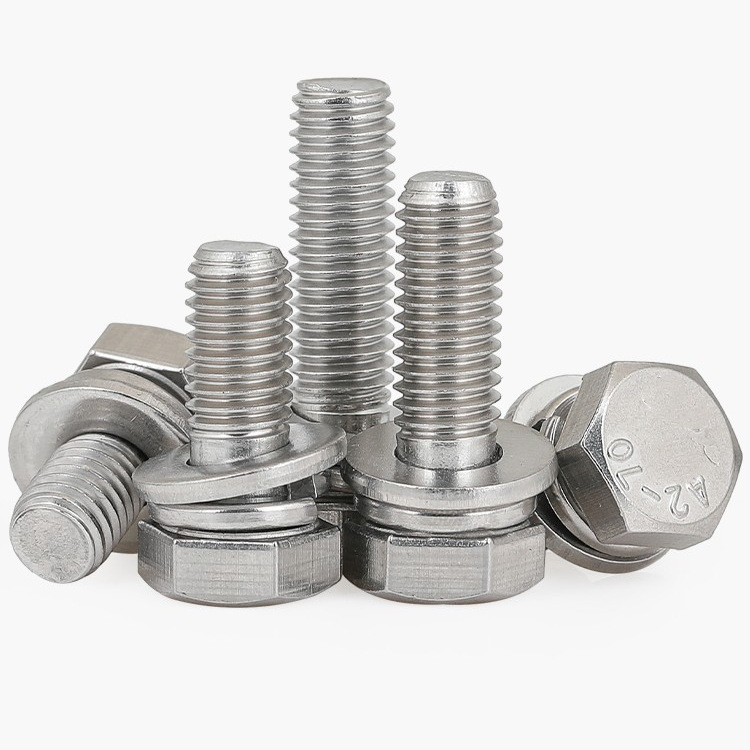Continuously reinforced precision alloy materials provide strength and stiffness at a premium. The landing gear of advanced aircraft can use continuously reinforced precision alloy materials to reduce weight and increase environmental resistance. Other candidate applications include supersonic aircraft casings and engine structures that require high-temperature strength. Discontinuously reinforced metal composites, including whiskers or particles, provide higher strength and stiffness, but at a higher cost than unreinforced metals. Precision alloys can find applications in lightweight, rigid-critical fuselage components where enhanced fatigue or fracture resistance is not required. Examples include inertial guidance systems, rudders, escape hatches, and aircraft hydraulics.
Precision alloy materials with continuous reinforcement have problems in fiber matrix compatibility, fiber cost, fiber size and fiber coating technology. There are also some unresolved issues related to consolidation technology that are related to production and manufacturing costs, including molding, shaping and machining after processing, as well as the establishment of design performance. Whisker and particle microchips require specially designed molds for primary processing. Achieving uniform dispersion of particles and production control or reduction of whisker or particle size is difficult and costly to process.
The main obstacle to the production of micromachines from precision alloy materials is their high cost. Other obstacles include a lack of standardization of mechanical property measurements and machining difficulties. Process development and standardization are required for both continuous and discontinuous precision alloy materials. Other constraints include low fracture toughness and poor lateral mechanical properties. Due to these limitations, only niche applications, but not primary use. Precision alloy materials in the next generation of commercial transport aircraft, in addition to the application of precision alloy materials in commercial aircraft may be in the engine.





